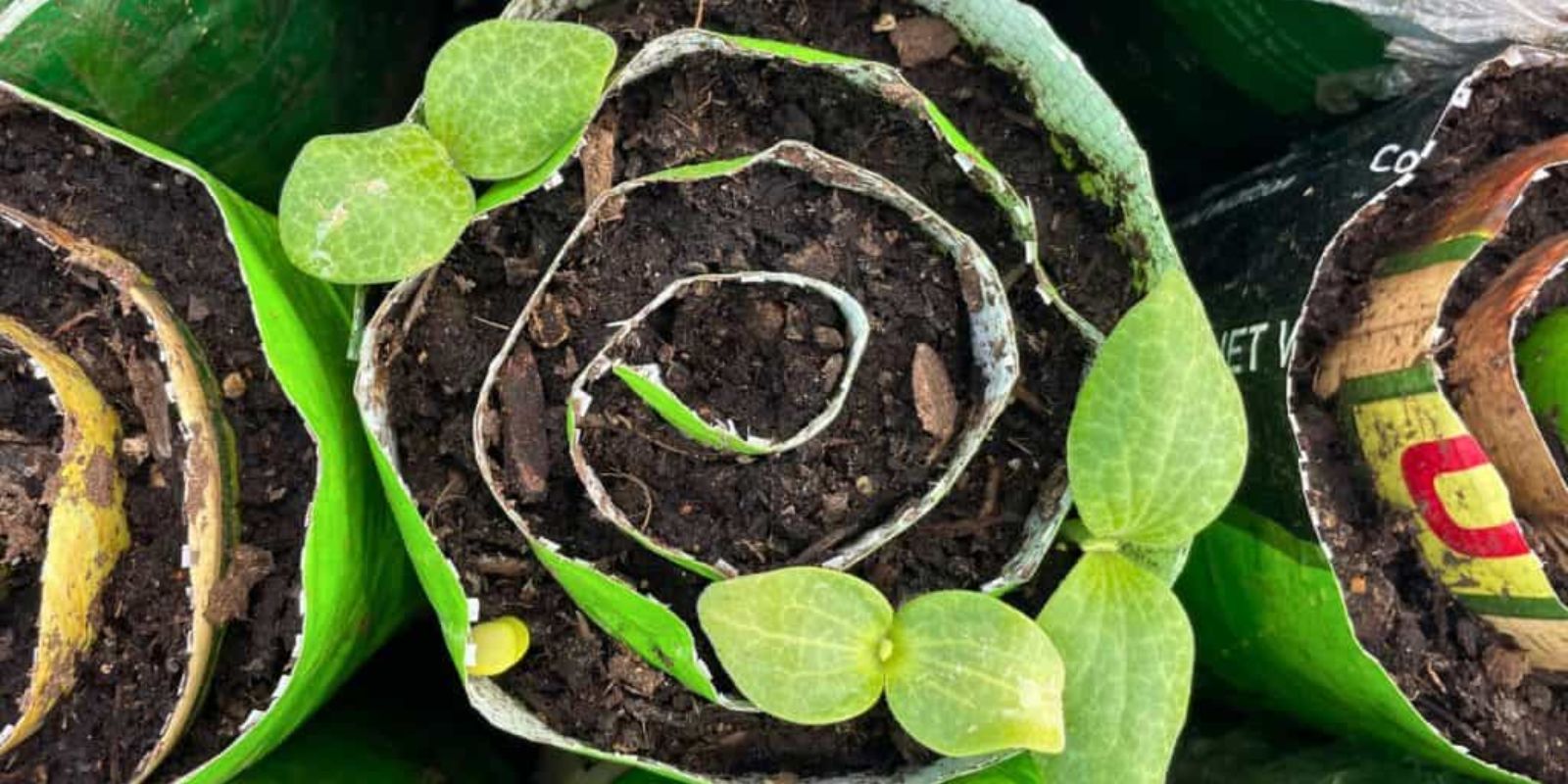Introduction:
Gardening in small spaces can be a challenge, but the Seed Snail Growing Method offers a revolutionary solution. By adopting a spiral-shaped planting design, this method allows you to maximize limited space while ensuring efficient use of resources like water and nutrients. Whether you’re an urban gardener or simply looking to optimize your backyard, the Seed Snail Growing Method is an easy and effective way to grow more with less.
What is the Seed Snail Growing Method?
The Seed Snail Growing Method is inspired by nature’s spiral formations, such as snail shells. This design not only saves space but also facilitates a natural flow of water and nutrients through the spiral. By arranging plants in layers, the method caters to their varying needs for sunlight, water, and nutrients, creating a harmonious growing environment.
Benefits of the Seed Snail Growing Method
- Space Efficiency: Ideal for small gardens, balconies, or patios, the spiral shape uses vertical and horizontal space efficiently.
- Water Conservation: Gravity helps water flow from the top to the bottom, reducing waste.
- Better Sunlight Distribution: Plants at different heights receive optimal sunlight, promoting healthy growth.
- Aesthetic Appeal: The spiral design adds a decorative touch to any garden.
- Sustainability: Uses natural and recycled materials, making it an eco-friendly gardening option.
Steps to Create and Use the Seed Snail Growing Method
1. Design Your Spiral
Start by planning the size and location of your spiral garden. Use chalk, string, or a garden hose to outline the spiral shape on your chosen site. Ensure it gets adequate sunlight and has good drainage. If space is limited, adjust the spiral’s size to fit your area.
2. Build the Structure
Construct the spiral bed using stones, bricks, or other sturdy materials to create walls for each layer. These walls will help retain soil and define the spiral’s shape. Start from the center and work outward, gradually lowering the height of the walls as you move to the outer edges.
3. Layer the Soil
Fill the spiral with layers of soil and compost. Begin with coarse materials like gravel or sand at the bottom for drainage, followed by nutrient-rich soil and compost in the upper layers. The layering helps maintain soil fertility and prevents waterlogging.
4. Strategic Planting
Place plants based on their specific needs:
- Center: Reserve the highest point of the spiral for tall plants like tomatoes or sunflowers that require more sunlight.
- Middle Layers: Plant medium-height crops such as herbs, peppers, or leafy greens.
- Outer Edge: Use the lower levels for small plants like strawberries, lettuce, or creeping herbs that thrive in partial shade.
5. Efficient Watering
Water the spiral at the center and let gravity distribute the moisture to the outer layers. This method reduces water usage and ensures even hydration for all plants. You can also incorporate a drip irrigation system for added convenience.
6. Maintenance
Regularly check the spiral for weeds, pests, or nutrient deficiencies. Replenish compost or organic fertilizer as needed to keep the soil fertile. Rotate crops seasonally to maintain soil health and maximize yields.
Tips for Success
- Choose the Right Plants: Select crops with complementary growth habits and nutrient requirements to avoid competition.
- Mulch: Use organic mulch to retain moisture and suppress weeds.
- Add Pollinator Plants: Include flowers like marigolds or lavender to attract bees and other beneficial insects.
- Monitor Sunlight: Adjust the placement of plants if necessary to ensure they receive adequate light.
Why the Seed Snail Method Works
The spiral design is not just a space-saving strategy; it’s a sustainable way to replicate natural ecosystems. The height variations mimic the diversity of a forest, where plants grow in layers to maximize sunlight and resource use. Additionally, the method’s water efficiency is ideal for regions with limited rainfall or gardeners looking to conserve water.
Seed Snail Gardening in Small Urban Spaces
Urban gardening enthusiasts often face space constraints, but the Seed Snail Method offers a viable solution. Use containers or raised beds to construct the spiral on balconies, rooftops, or terraces. By combining vertical gardening techniques with this method, you can create a thriving garden even in the smallest spaces.
Transform Your Gardening Experience
The Seed Snail Growing Method is more than just a gardening technique; it’s a lifestyle shift toward sustainability and creativity. By adopting this method, you’ll not only grow fresh, healthy produce but also contribute to a greener planet. Its simplicity and versatility make it accessible to beginners and seasoned gardeners alike.
🌟 Conclusion:
The Seed Snail Growing Method proves that limited space doesn’t mean limited possibilities. With a little planning and creativity, you can turn any small area into a productive and beautiful garden. Have you tried this method? Share your tips, experiences, or questions in the comments below—we’d love to hear from you! 🌿🐌
#SmallSpaceGardening #SeedSnailMethod #GardeningHacks #EcoFriendlyGardening #UrbanGardening #GrowYourOwnFood #SustainableLiving

